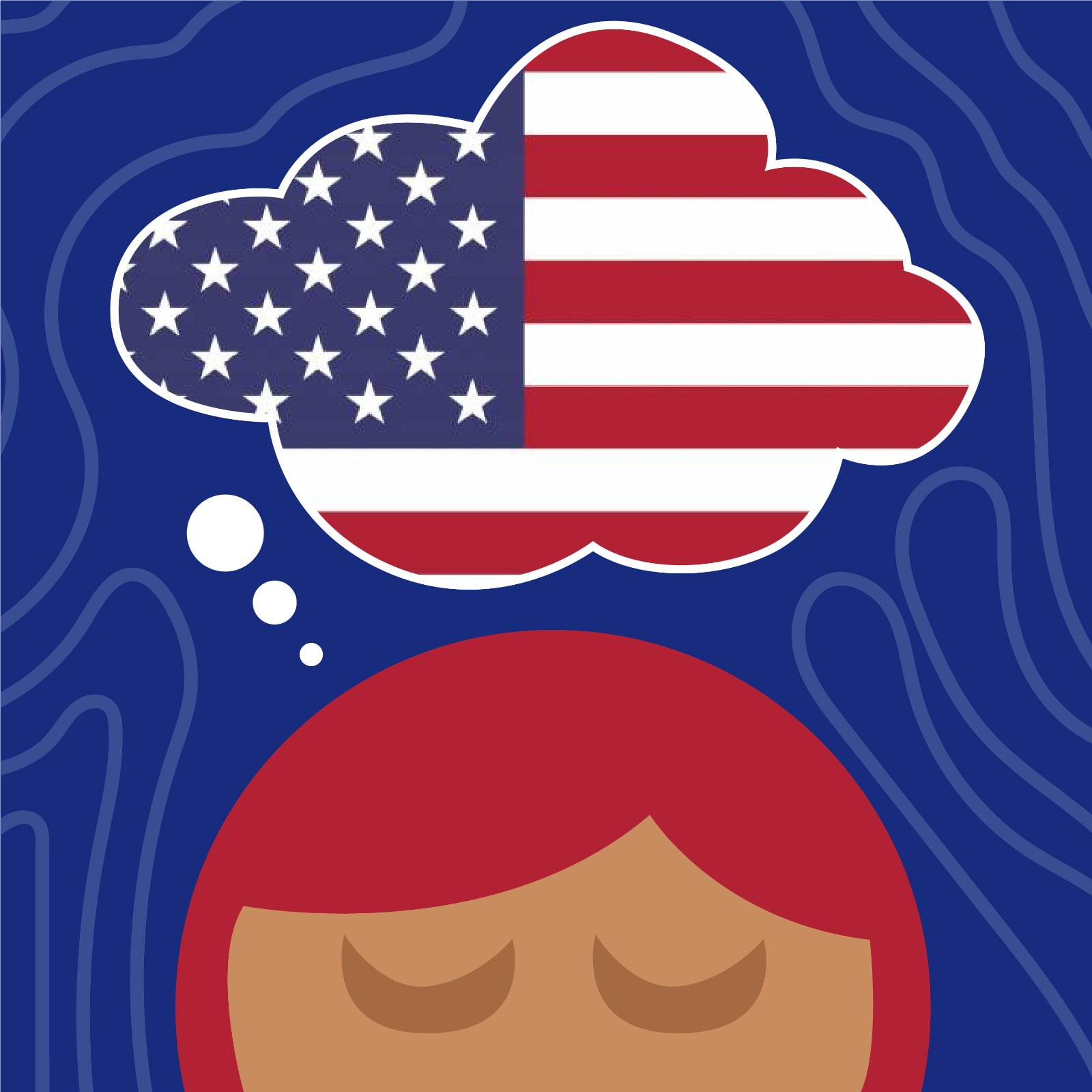We spend our whole lives working and earning money to support ourselves and our families. The term “American Dream” was coined in 1931 by James Truslow Adams, and it represented an idea of a land where there were loads of opportunities for people in accordance with their achievements or abilities.
According to him, this was not a mere idea of high wages and motor cars, but rather it was an idea of a social order in which every man and every woman would be able to attain the full stature they are capable of. This would be provided to them regardless of class, color, creed and socio-economic status.
With the advancement in technology, everything has changed, for the better or worse. The million-dollar question is: What is the U.S. Dream in 2020? Has it changed somehow, or is it still the same after all this time?
Let’s take a look!
The New U.S. Dream
The idea of the U.S. dream is a theme around the globe and across the globe. Every U.S. citizen has her or his own idea and version of it. The U.S. Dream of today hasn’t strayed very far from the vision that was set forth by the founding fathers.
Our founding fathers wanted to inculcate basic societal values in us, such as the creation of a meaningful life, as essential parts of society and community. In the new version of the idea, spending time with friends and family is becoming dominant.
With the advancement in technology, more opportunities have been created for the people. It is no longer about feeding the family every day. It is about creating a sense of peace and stability in the whole community.
Everyone needs to contribute to ensure that we all live in the best way possible. With all the hard work that American citizens put in, the result is going to be a nation that is happy, content and at peace.
American Dream and U.S. Presidents
After the Great Recession in 2008, the income inequality among different classes became even more pronounced. It seemed as if this idea was coming to an end for many people. However, in reality, only the materialistic part of the idea was nearing an end.
Around the turn of the century, a lot of U.S. presidents were in favor of homeownership as an important part of the U.S. dream. The presidential campaign plan of Hillary Clinton included homeownership, retirements and health insurance.
Furthermore, Obama passed the Affordable Care Act, commonly known as “ObamaCare,” which provided the right to healthcare for all U.S. citizens.
Important parts of the U.S. Dream
After decades of hard work, our founding fathers created a safe space for everyone, where the rights of everyone were respected, and the opportunities were abundant.
There are various factors that make this idea possible, such as:
· Efficient Governance
· Helpful and Friendly Neighbors
· The abundance of Natural Resources
However, with the threat of climate change looming over our heads, the natural resources have started becoming scarce. Several papers about American Dream suggest that rising sea levels, food inflation as well as the health crises are already straining the funds of the U.S. government.
The founding fathers didn’t envision that even the right to have clean water, air and natural resources would become scarce. Therefore, there is a need for a new version of this idea that would help the citizens, even this time of economic crisis.
Every American citizen dreams of retiring in peace after working hard for years. The government, as well as the private organizations, are working hard to ensure that the idea of a Utopian lifestyle remains afloat.
How can we live the U.S. Dream today?
The entire U.S. population is united by a common political system, language, and shared values. The diversity in cultures and traditions adds to the overall strength of America. This gives various companies an opportunity to innovate so that every single person can benefit from their products.
Under this idea, everyone has an equal right to life, liberty, and the pursuit of happiness. Happiness or lifestyle isn’t defined under the Declaration of Independence. Rather, U.S citizens are free to pursue their own vision of this idea. The new U.S. Dream promotes a free-market economy in which everything from the service to the price is controlled by the market and not the government. This gives everyone an equal opportunity for the creation of wealth and happiness.
With the advancement in economic growth, the idea of happiness and peace for the citizens of the United States has also changed. Every organization and enterprise is trying to give the best of their services to ensure that we become a satisfied population.
Education for all is also an important part of the American idea of happiness. If we send our descendants to colleges and universities, it is going to increase the standard of living, and thereby create a sense of fulfillment and contentment in the community due to economic opportunities.
Conclusion
This idea is not something that is set in stone. With changing times, the idea has also changed. Along with the collective idea about happiness, there is an individual idea of eternal peace as well, which helps us achieve our goals and targets in ways that suit us perfectly.
Here’s to the founding fathers of the U.S. who helped pave the way for freedom, happiness, and individuality for every American citizen!






